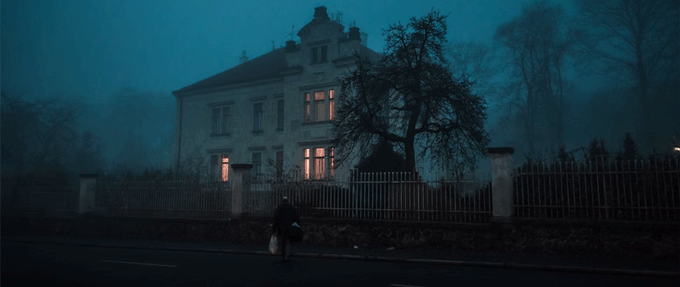Courtrooms usually deal in facts, evidence, and the steady rhythm of procedure. In courtrooms, lawyers argue over contracts and rights, while judges do their best to keep emotion at bay.
Ghost stories live elsewhere, in old houses, around campfires, in the kind of folklore people whisper late at night. The two settings shouldn’t overlap, yet sometimes they do.
Every so often, a strange case creeps into the record. A tenant refuses to pay rent because the apartment “feels wrong.” A buyer backs out of a house deal after learning its ghostly reputation. Families, frightened or furious, drag their stories into courtrooms.
Judges don’t rule on whether ghosts exist. But they do have to deal with what happens when people believe in them, and that belief is powerful enough to disrupt lives.
Here are some of the strangest times law enforcement and the paranormal overlapped.
The Haunted Flat of Ebbw Vale: R v. Gwent Borough Council (Wales, 1995)
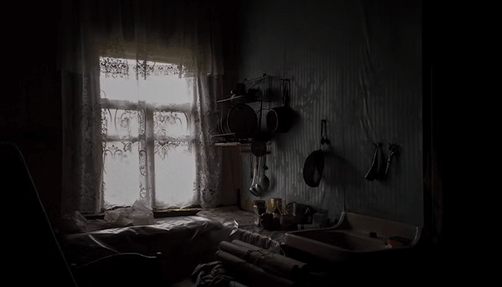
South Wales, 1995. A plain council flat in Ebbw Vale became the focus of a case no magistrate expected to hear. The tenants insisted the place was unlivable. They spoke of icy draughts sweeping from room to room, voices with no source, and objects shifting on their own.
They asked to be moved. The council said no.
When the matter reached court, even a local vicar and a paranormal researcher backed the tenants’ distress. The magistrates didn’t go so far as to declare the flat haunted, that would have been a step too far. But they did decide the family should not be forced to remain there.
Nobody proved the presence of spirits. What the case showed was something subtler: fear, once it takes hold, can make a home unbearable. And at that point, the law has to step in, ghost or no ghost.
Legally Haunted: Stambovsky v. Ackley (New York, 1991)
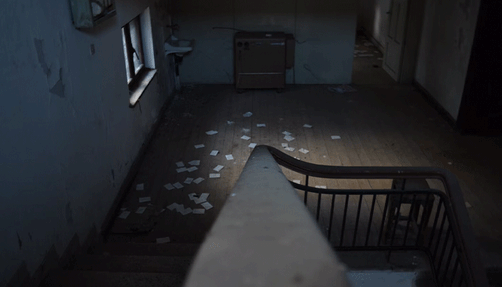
In Nyack, New York, a Victorian house overlooking the Hudson gained an unusual status. Its owner, Helen Ackley, had told ghost stories about the place for years. She spoke of Revolutionary War figures and playful spirits, sometimes even to the press. Reader’s Digest ran one of her tales.
Jeffrey Stambovsky agreed to buy the house. Only later did he discover its reputation. He wanted out. The first court held him to the deal, but on appeal the judges did something curious. They ruled that, because Ackley herself had made the stories public, the house had to be considered “haunted as a matter of law.”
The court wasn’t saying ghosts were real. What it was saying is that folklore, once broadcast, can stick to bricks and mortar as firmly as any physical defect. Buyers deserve to know about it.
The Smurl Haunting and Threat of Litigation (Pennsylvania, 1986)

West Pittston, Pennsylvania, 1986. The Smurl family said their home was troubled by something far beyond the ordinary. Shadows drifted through hallways, foul smells appeared without warning, and unseen forces lashed out violently.
Ed and Lorraine Warren took up the case, the press followed, and before long, the story was everywhere.
Not everyone was convinced. A local journalist dismissed the whole affair as a fabrication, accusing the family of chasing attention. The Smurls considered suing for defamation but never took the step.
Even so, the fact that they thought about it showed how messy such cases can become. People can argue forever about whether hauntings are real. But once reputations are dragged in, the battle often shifts from the paranormal to the legal.
A Complaint in Huntly: The Aberdeenshire Case (Scotland, 2019)
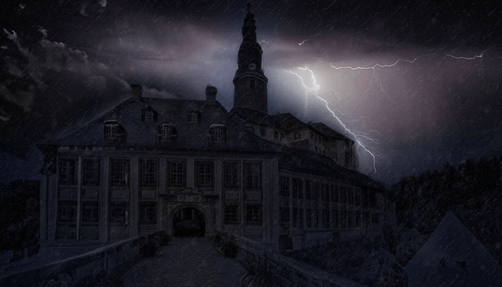
In Aberdeenshire, near the market town of Huntly, a family bought what they thought would be a quiet farmhouse. It wasn’t. Nights were broken by steady footsteps across bare floors, and more than once they saw a tall figure in old-fashioned clothes vanish the instant they turned their gaze.
Feeling deceived, they filed a complaint with the Scottish Legal Complaints Commission. Their charge was that the solicitor who managed the sale should have disclosed the farmhouse’s reputation for being haunted.
The complaint was dismissed. Scottish law makes no requirement to disclose folklore. But the dispute left an awkward question: should stories carried in local memory ever be treated as part of the facts a buyer deserves to know?
Haunted and Uninhabitable: A New Jersey Rental (2012)
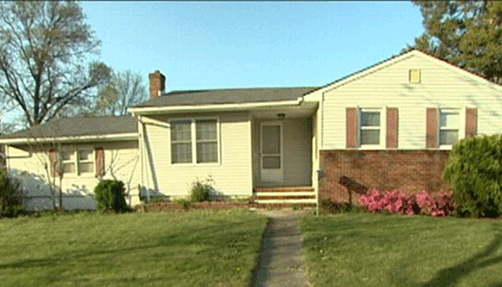
Toms River, New Jersey. A landlord sued for unpaid rent. The tenant admitted leaving but claimed they had no choice. The apartment, they said, was haunted.
Shelves toppled on their own. Voices whispered through the night. The air grew so heavy they couldn’t rest. To them, the property was impossible to live in.
The dispute never reached full trial; it was settled quietly. Still, it raised an awkward thought: can a home be deemed unfit, not because of plumbing or structure, but because of fear?
The law says no. Public opinion? That’s harder to measure.
Possession and the Law: Illinois, 2000
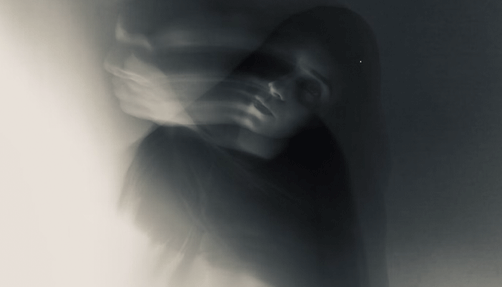
Around 2000, in rural Illinois, a devout family became convinced their teenage daughter was possessed. They turned to their parish priest, who performed an exorcism. When the ritual ended, the girl was left with bruises and scratches that were plain to see.
At first the family thanked him, but gratitude soon gave way to anger. They accused the priest and the diocese of causing harm and took the matter to court. The case was resolved privately, but the questions it left behind were thorny.
Was this a ritual of faith, or had it crossed into abuse? And where does consent lie when the person at the center is a child?
Haunted Hospitality: The Limerick Hotel Dispute (Ireland, 2006)
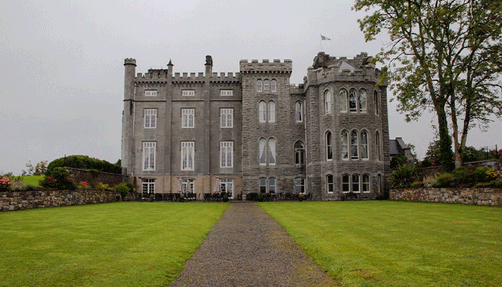
A nineteenth-century hotel in Limerick promised charm and history. What some guests claimed they found was something else entirely.
Footsteps echoed in empty halls. Lights flickered without cause. One visitor swore they saw a woman in period dress glide through a corridor before vanishing.
Shaken, the group refused to pay the full bill. The owners pursued them in small claims court, and the judge sided with the hotel. Guests, he ruled, had no grounds to withhold payment.
The case was minor, yet it stirred debate: should haunted hotels warn visitors, or is the possibility of a scare part of the attraction?
Conclusion: The Jurisprudence of the Unseen
No court has ever ruled that a ghost exists, and it’s doubtful any ever will. But belief in the supernatural has still crept into legal records. Tenants in Wales were moved, a house in New York became “legally haunted,” families in America weighed lawsuits, and tourists in Ireland argued over ghostly encounters.
These cases don’t prove spirits. What they do prove is that belief matters. It can unsettle communities, derail contracts, and tarnish names.
A ghost will never be sworn in as a witness, yet its trace shows up in evidence, in judgments, and in stories that refuse to fade.
The law is built on reason, but it brushes against fear more often than it cares to admit.
References
- Bingham, Adrian. Ghosts in the Courts: Law and Folklore in the Modern Era. London: Routledge, 2019.
- Blum, Deborah. Ghost Hunters: William James and the Search for Scientific Proof of Life After Death. New York: Penguin, 2007.
- Nickell, Joe. Entities: Angels, Spirits, Demons, and Other Alien Beings. Lexington: University Press of Kentucky, 1995.
- Owen, Robert Dale. Footfalls on the Boundary of Another World. Philadelphia: J.B. Lippincott & Co., 1860.
- “Stambovsky v. Ackley, 572 N.Y.S.2d 672 (App. Div. 1991).” New York Appellate Division Reports.
- Young, Simon. “Haunted Houses and the Law: A Survey.” Folklore 129, no. 3 (2018): 247–266.
